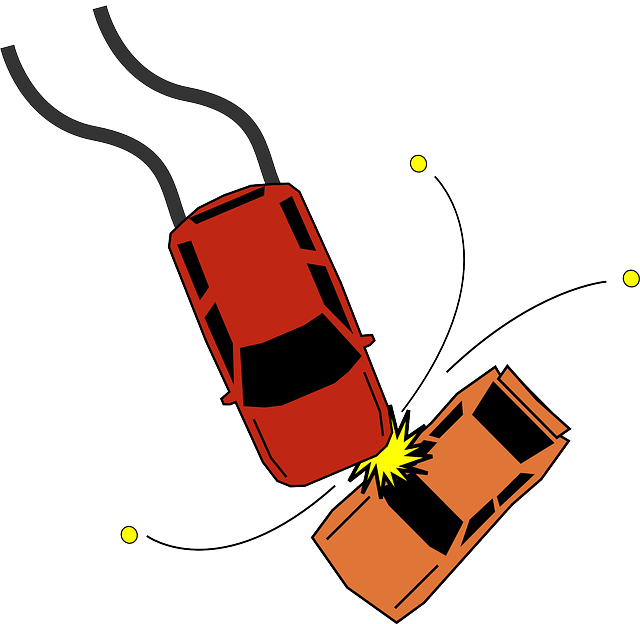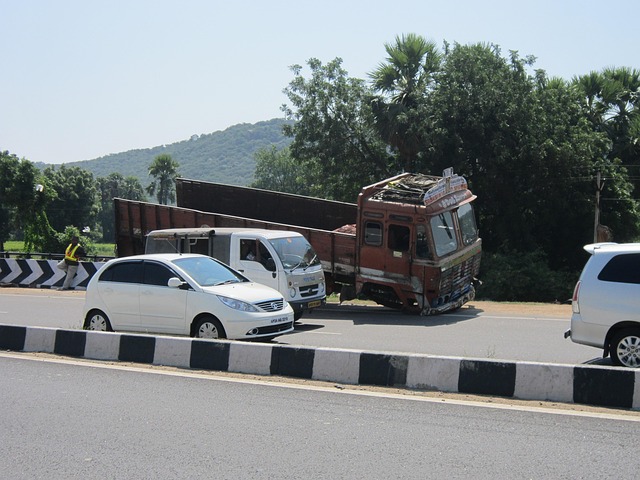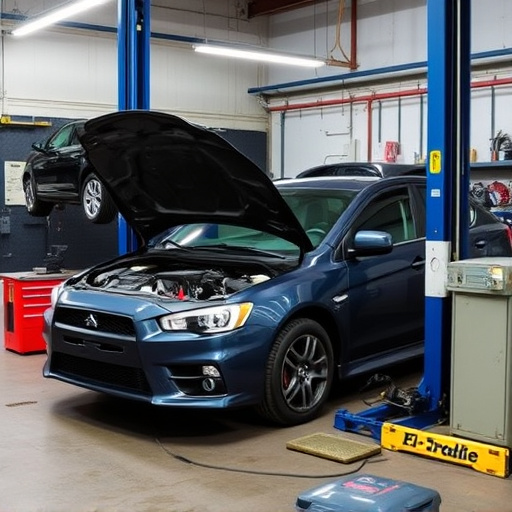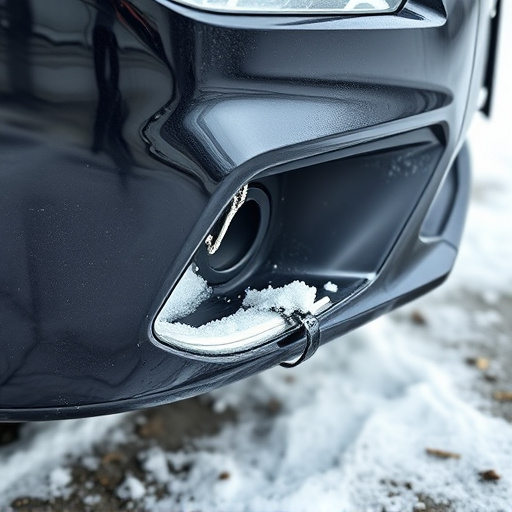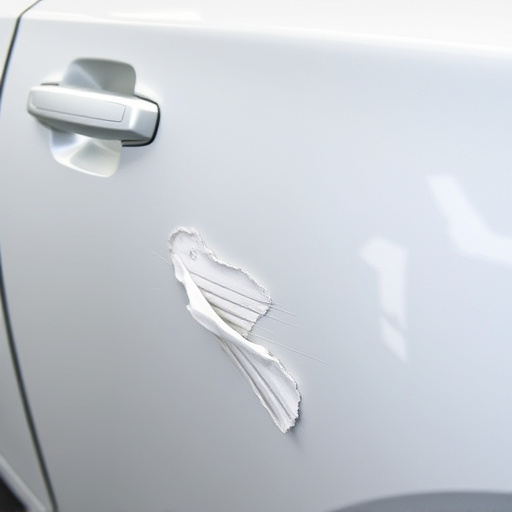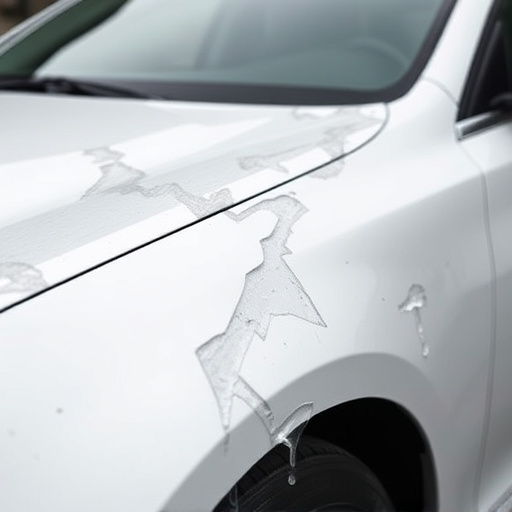After long storage, Tesla 12V systems require skilled repair to overcome corrosion, voltage issues, and worn components. Inspect battery terminals, alternator, and voltage regulator. Replace faulty body work and parts like fuses, wiring harnesses. Clean and test battery, reinstall, verify system function. Consult Tesla-certified technicians for complex issues.
“Tesla owners often face challenges with their 12V systems after long-term storage, leading to common issues like dead batteries and faulty electrical components. Understanding your vehicle’s 12V system is crucial for effective repair. This guide delves into diagnosing and resolving storage-related problems step by step. We’ll walk you through checking power sources, identifying components at fault, and providing a comprehensive repair process tailored to Tesla owners. By the end, you’ll be equipped to tackle long-term storage issues head-on.”
- Understanding Tesla's 12V System and Common Storage Issues
- Diagnosing Problems: Checking Power Sources and Components
- Step-by-Step Repair Guide for Long-Term Storage Challenges
Understanding Tesla's 12V System and Common Storage Issues

Tesla’s 12V system is a crucial component that powers various essential functions within the vehicle. It acts as the electrical backbone, supporting everything from lighting and dashboard instruments to key systems like the audio and navigation. Over time, especially during long-term storage, this system can encounter issues due to factors such as corrosion, voltage fluctuations, and inactivity.
Common storage problems include battery drain, dried out fluid in fuses and relays, and worn-out electrical connections. These issues can lead to starting difficulties, intermittent lighting, or even complete failure of certain systems upon reactivation. Properly addressing these problems requires a thorough understanding of the 12V system and expertise in vehicle restoration, often involving auto body repairs and collision repair techniques to ensure the Tesla functions optimally after long-term storage.
Diagnosing Problems: Checking Power Sources and Components

When diagnosing issues with a Tesla’s 12V system after long-term storage, it’s crucial to start by checking the power sources and components. Begin with a thorough inspection of the battery terminals, ensuring they’re clean and free from corrosion. Corroded terminals can cause poor connections, leading to intermittent power supply issues. Next, verify the functionality of the alternator and voltage regulator. These components are vital for maintaining the 12V system’s stability during operation.
In many cases, problems within the Tesla 12V system can be traced back to faulty or worn-out parts in the car bodywork. If you suspect issues with these elements, it may be necessary to consult an auto repair shop specializing in electric vehicles. They possess the expertise and tools to accurately diagnose problems related to both the 12V system and the broader auto body services required for a fully functional Tesla following storage.
Step-by-Step Repair Guide for Long-Term Storage Challenges

After prolonged storage, Tesla’s 12V systems often face challenges, requiring a meticulous repair process to restore functionality. Here’s a step-by-step guide tailored for these specific issues. Begin by examining the battery terminals for corrosion; use fine sandpaper to gently remove any buildup and ensure clean metal surfaces. Next, inspect all electrical connections within the system, tightening any loose screws or connectors. For signs of damage or wear, replace components such as fuses, relay modules, or wiring harnesses.
Proceed with a thorough cleaning of the battery itself, using a suitable cleaner to eliminate any residue. After allowing it to dry completely, re-install the battery and verify all connections. Test the 12V system’s functionality by checking lights, accessories, and starter motor operation. If issues persist, consult a professional auto body shop or Tesla-certified technician who can diagnose and address more complex problems related to long-term storage, ensuring your car’s electrical system is ready for reliable performance upon restoration.
After exploring the intricacies of Tesla’s 12V system and identifying common storage issues, diagnosing problems, and providing a comprehensive step-by-step repair guide, it’s clear that proper care is essential to maintain this critical component. By addressing long-term storage challenges head-on, Tesla owners can ensure their vehicles remain reliable and road-ready. Remember, a well-maintained 12V system is key to preventing costly repairs and keeping your electric vehicle in top shape for years to come. For all things related to Tesla 12V system repair, this guide serves as an invaluable resource.



